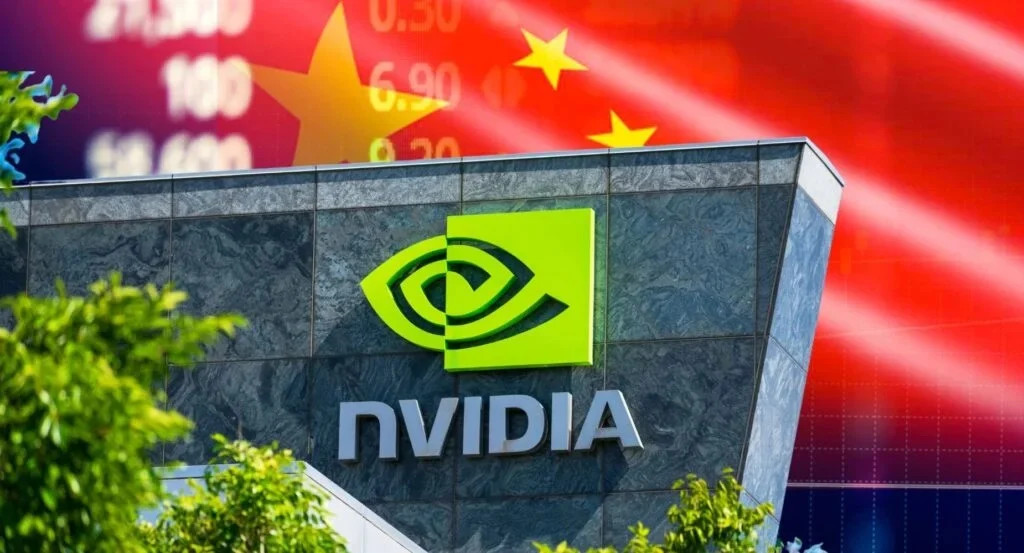The US government is set to introduce a new policy that would require American chipmakers like Nvidia and AMD to share a portion of their AI chip sales revenue from China with Washington. This move comes as part of a broader strategy to control the flow of advanced AI technology while still allowing limited commercial transactions.
Balancing Security and Commerce
For the past few years, the US has placed export restrictions on high-end AI chips to China, citing national security concerns and the potential use of such technology in military or surveillance applications. However, the outright ban on certain models has also affected the revenue streams of US semiconductor giants, as China remains one of the world’s largest chip markets.
The new policy aims to strike a balance—limiting China’s access to cutting-edge AI capabilities while allowing American companies to continue selling downgraded or approved versions of their products. In return, the government would receive a portion of the revenue, effectively turning these sales into a regulated, monitored, and taxable transaction.
Impact on Nvidia and AMD
Nvidia and AMD are the primary suppliers of AI chips used in machine learning, data centers, and advanced computing. While high-end models like Nvidia’s A100 and H100 have been heavily restricted, the companies have designed China-specific chips that comply with export rules but still offer powerful AI processing capabilities.
Under the new arrangement, these sales would remain legal, but a percentage of the proceeds would go directly to the US government. This revenue could be used to fund domestic semiconductor research, bolster AI innovation, and strengthen supply chain resilience.
Geopolitical and Market Implications
The move could intensify US-China tech tensions. Beijing may view the revenue-sharing model as another layer of restriction and could respond with its own policies affecting US companies operating in China.
From a market perspective, investors will be watching how the new policy impacts profit margins for chipmakers. While the arrangement allows continued access to a lucrative market, the revenue cut could pressure pricing strategies and influence future product development decisions.
Looking Ahead
The policy is still in discussion stages, and its exact percentage cut and implementation timeline are yet to be finalized. What is clear is that Washington is not fully closing the door on AI chip sales to China—but is seeking a way to control, monitor, and benefit from them.


